Deep in the heart of Italy, you’ll find a remarkable treasure—the Marinelli Pontifical Bell Foundry. Walking through its ancient workshop, I couldn’t help but feel the weight of history in every corner.
The Marinelli family has crafted bronze bells by hand since at least 1339. That makes their foundry one of the oldest family-run businesses anywhere, which is honestly wild to think about.
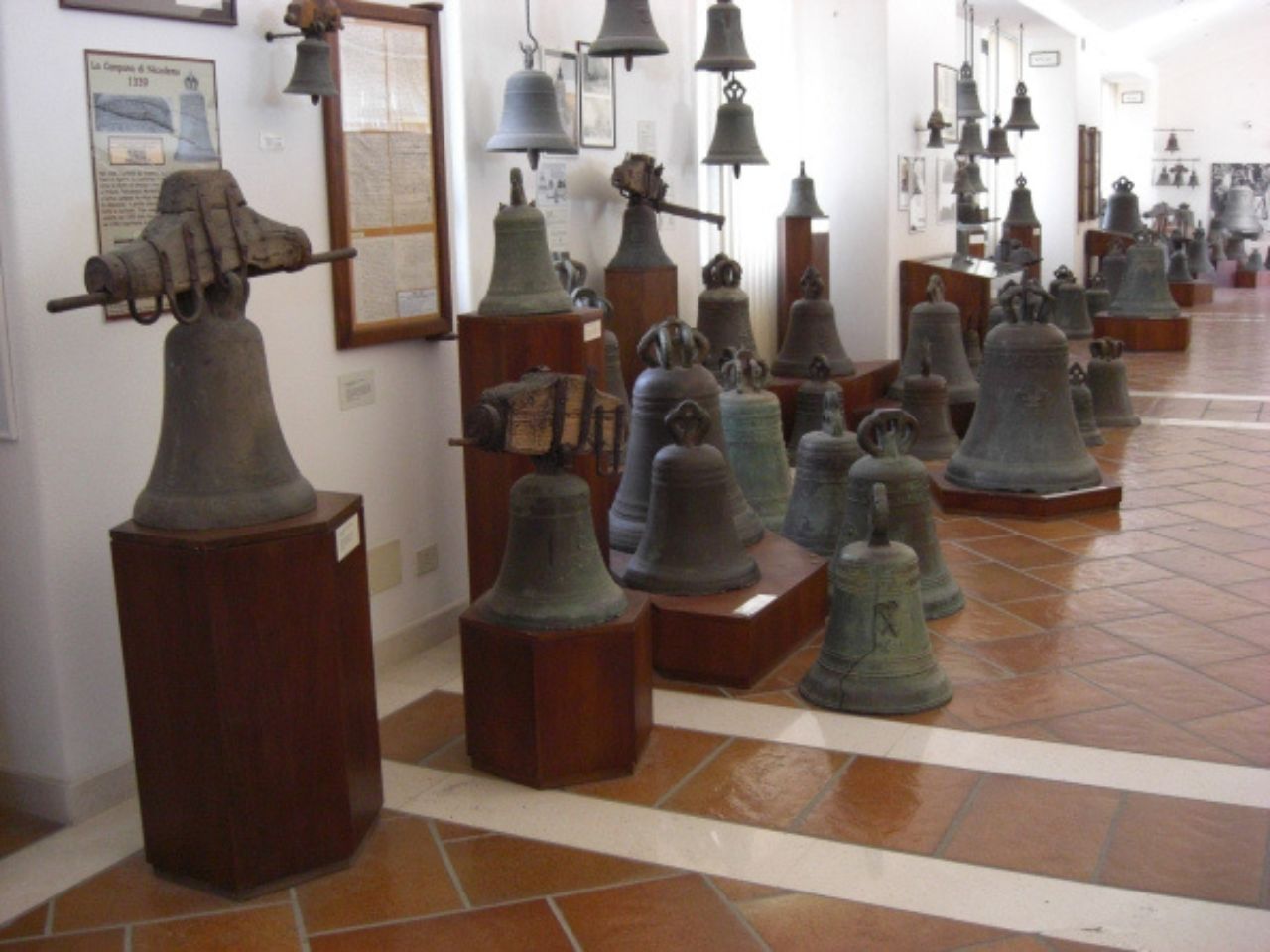
Their craftsmanship earned them a special title—“Pontifical”—because they create bells for the Vatican. Even now, the family uses methods that look almost unchanged from the Middle Ages.
Each bell gets carefully molded, cast, and tuned with techniques passed down through generations of Marinelli artisans.
When I touched the cool bronze of their finished bells, I started imagining all the prayers, celebrations, and solemn moments these creations have marked over the centuries. These aren’t just musical instruments—they’re living pieces of history, connecting us to a thousand years of tradition that still rings out across Italy and beyond.
Marinelli Foundry: Where History and Bells Converge
The Marinelli Foundry stands as a testament to timeless craftsmanship. It represents one of the oldest continuous family businesses in the world.
Their ancient techniques and dedication to quality have made them the preferred bell makers for countless European institutions.
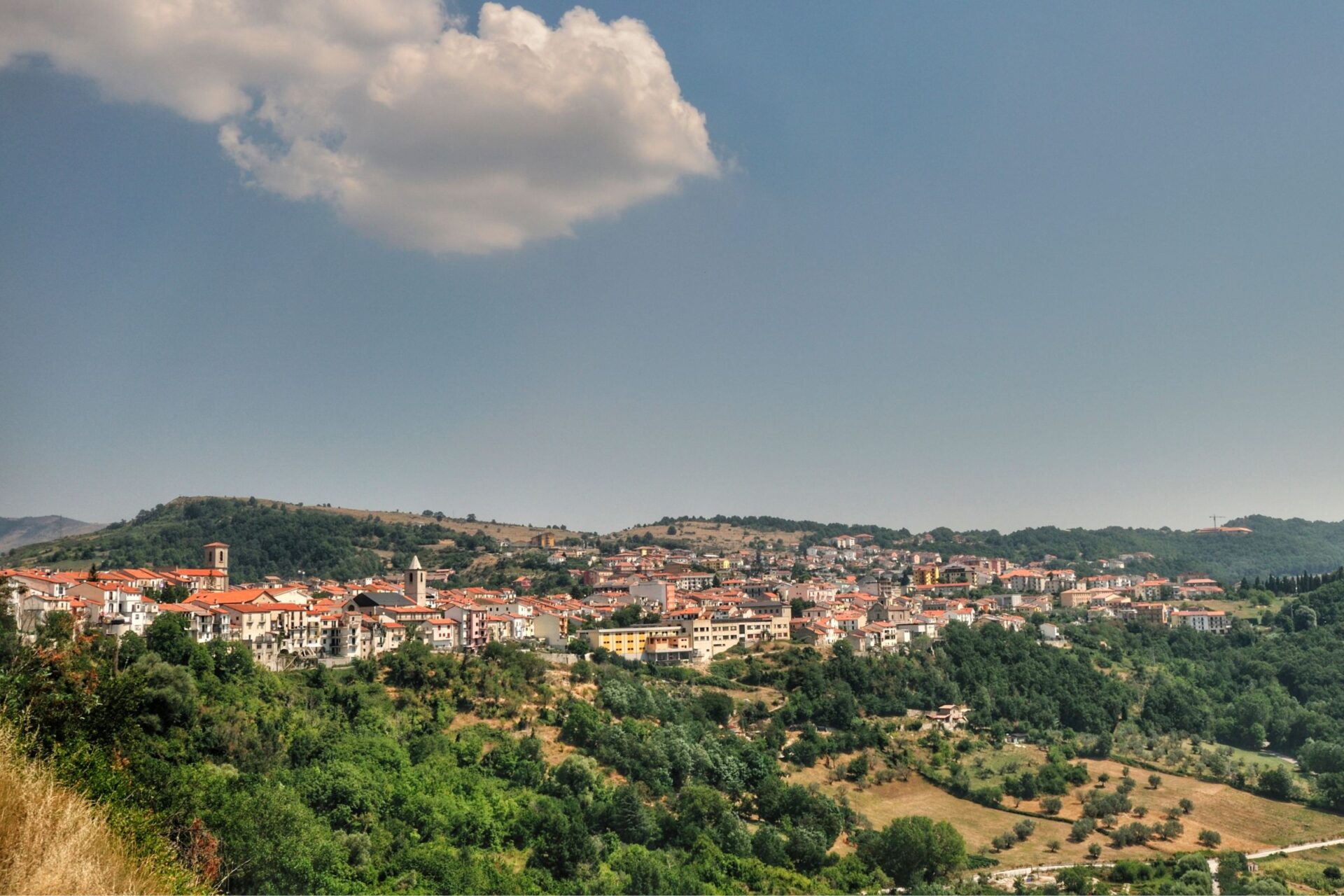
Roots in Agnone: The Heart of Molise
When I visited Agnone in Italy’s Molise region, I felt like the whole town breathed history. The Marinelli Foundry sits tucked into these hills, working in the same spot since at least the 1300s.
Agnone’s roots in metallurgy run deep. Before the Marinelli family focused on bells, the area was famous for bronze craftsmanship reaching back to Samnite and Roman times.
What really struck me is how this place has preserved ancient methods while the world outside keeps changing. As I wandered Agnone’s narrow streets, I could sense the connection between the town’s identity and the rhythmic hammering from the foundry.
The Marinelli Family Legacy
The Marinelli family keeps an unbroken chain of bell makers alive, spanning centuries. They’re the last survivors of Agnone’s once-thriving bell-making tradition.
Seeing current family members use techniques passed down through about 26 generations truly impressed me. Each bell demands deep knowledge of:
- Metallurgy: Getting the right bronze mix
- Design: Adding detailed decorative touches
- Acoustics: Crafting perfect tones
The papal seal marks the foundry as the official bell maker for the Vatican. That’s a huge honor, and they’ve kept it by sticking to their high standards.
I watched family members oversee every step, from shaping clay molds to the dramatic moment when molten bronze gets poured.
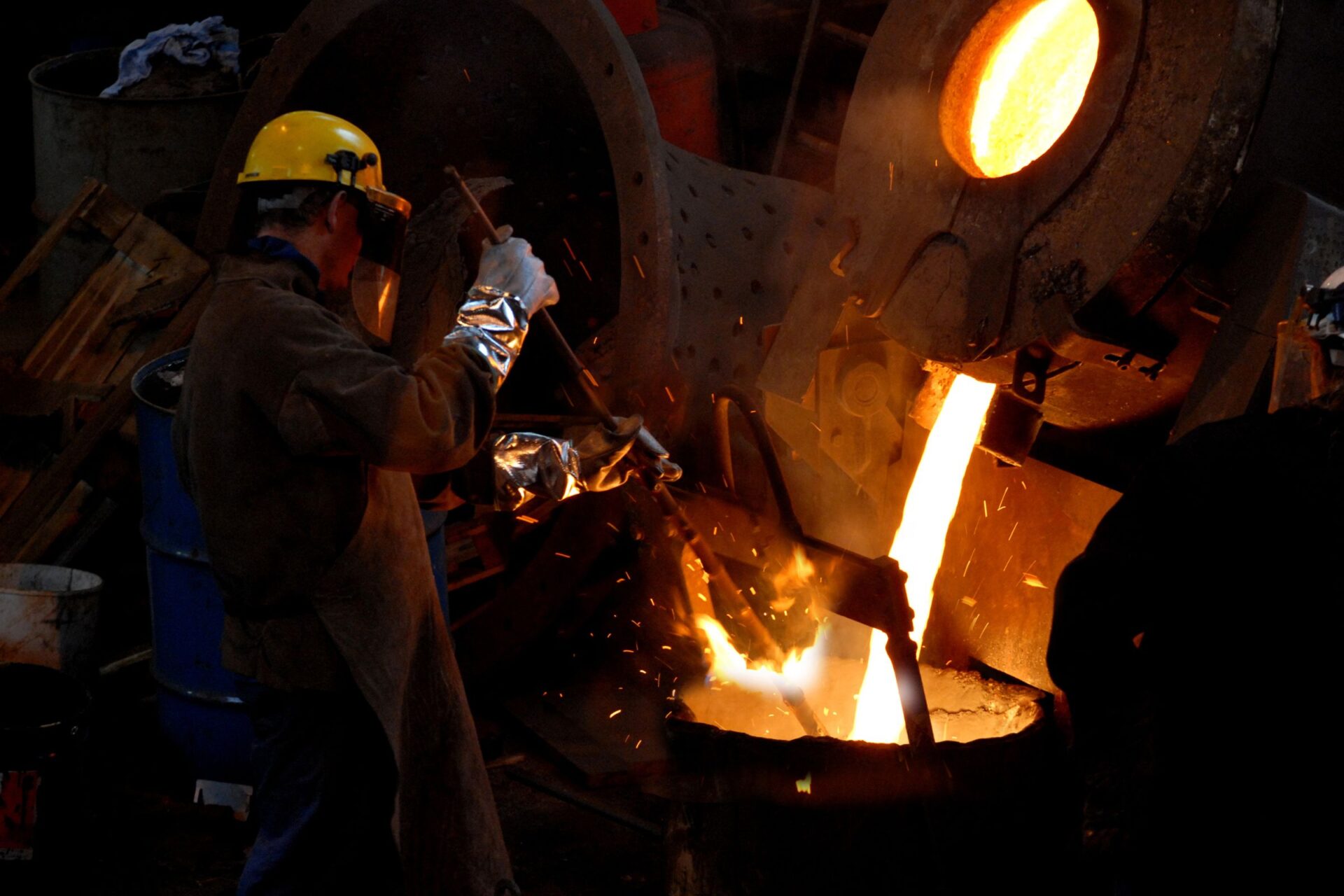
A Tradition Recognized Across Europe
During my visit, I learned Marinelli bells ring out across Europe in churches, town squares, and historic buildings. Their reputation stretches far beyond Italy.
The foundry earned its “Pontifical” title after centuries of creating bells for important Catholic churches and ceremonies. Each Marinelli bell carries distinctive markings that reveal its origin and craftsmanship.
What really stands out is how the foundry balances tradition with modern needs. They’ve held onto ancient techniques while adapting to today’s demands for sound quality and durability.
The Marinelli name has become shorthand for exceptional craftsmanship. Their bells don’t just mark time—they represent a cultural heritage, preserved by a family’s dedication to their art.
Crafting Bells for the Pope and the World
The Marinelli Foundry showcases Italian craftsmanship, creating magnificent bells that resonate from Europe to Asia and beyond. Their papal connections and international commissions highlight their enduring legacy in sacred sound.
Pontificia Fonderia Marinelli and Papal Commissions
When I visited the historic Marinelli Foundry, I was surprised to learn it got its pontifical patent in 1924 from Pope Pius XI. This official recognition turned it into the Pontificia Fonderia Marinelli, cementing its special bond with the Vatican.
The foundry has crafted bells for papal basilicas and churches worldwide. I saw photos of Pope John Paul II blessing Marinelli bells during his papacy—pretty moving stuff, honestly.
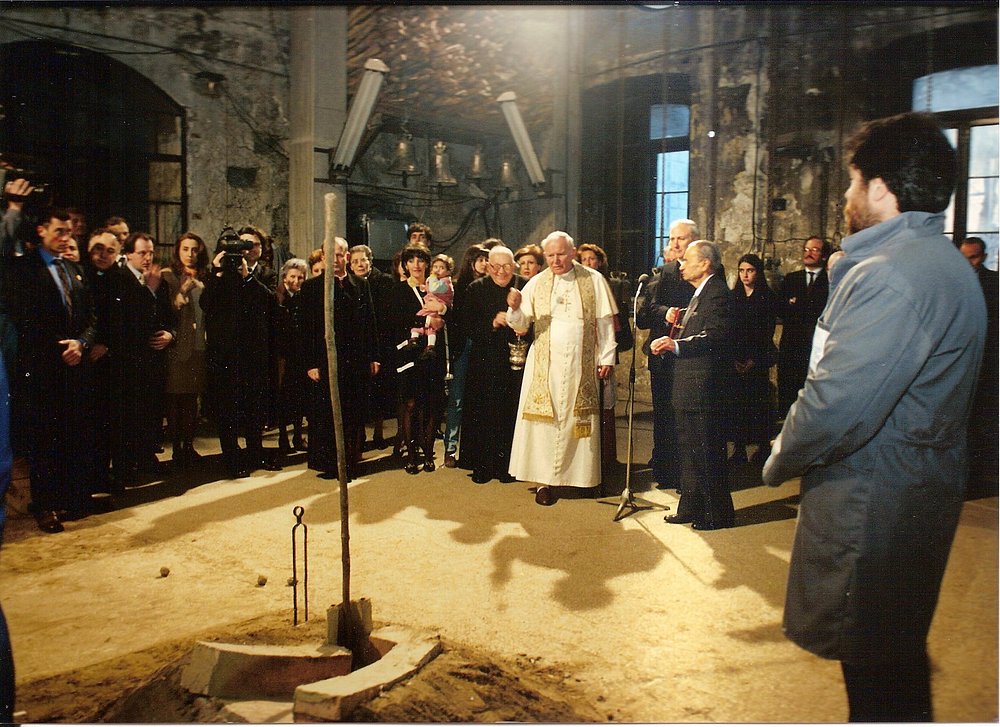
These papal commissions stand out for their meticulous attention to detail. Each bell features sacred inscriptions and religious imagery cast right into the bronze.
The craftsmen explained how they use the same techniques their ancestors developed centuries ago. That kind of continuity is rare.
Bells for Montecassino and Beyond
After World War II, the Marinelli Foundry helped restore Italy’s cultural heritage. Their biggest post-war project involved crafting new bells for the Montecassino Abbey, which had been destroyed during the conflict.
Learning about these bells and how they symbolized rebirth and resilience for the Italian people really moved me. The foundry made nine magnificent bells for Montecassino, each with its own tone and decorative flair.
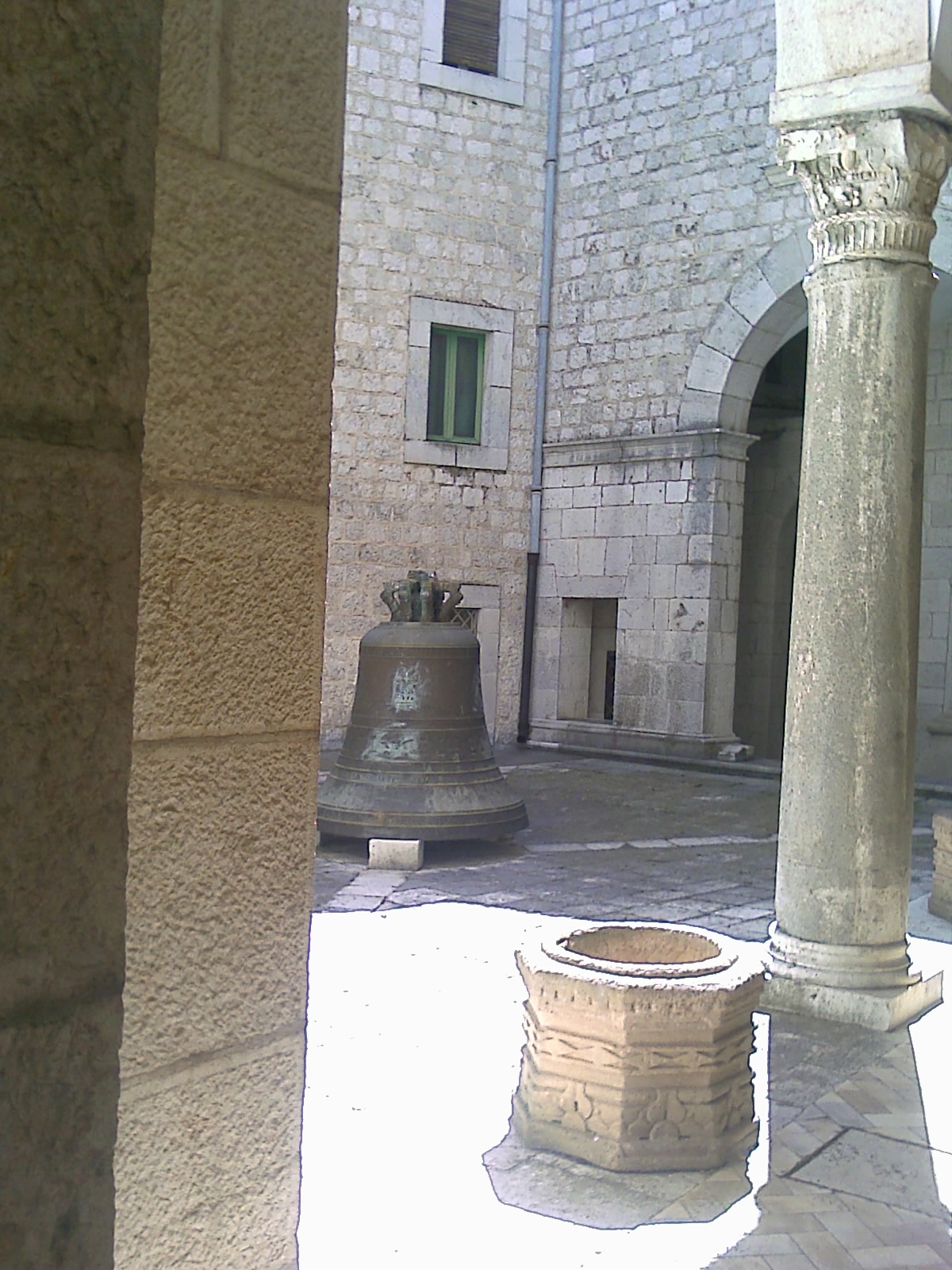
Marinelli bells ring out in churches across Europe, the Americas, and Asia. I’ve even come across them in New York, Jerusalem, and Beijing.
Presidents and dignitaries drop by the foundry to acknowledge its importance to Italian cultural heritage. I spotted their extensive catalog, documenting bells shipped to over 50 countries—a testament to their global reach.
Inside the Bell Foundry: An Artisan’s Journey
Stepping into the Marinelli Foundry feels like traveling back in time. The air is thick with tradition and craftsmanship dating to 1339.
Time-Honored Casting Techniques
The casting process starts with clay molds that artisans shape by hand. I watched in awe as master craftsmen layered clay to form the bell’s core, called the “false bell.” This technique hasn’t changed much in 700 years.
Each bell takes months to finish. First, they build a clay core, then add wax decorations and inscriptions, and finally cover it with another clay layer.
When molten bronze gets poured in, it melts the wax away—a process known as “lost-wax casting.”
The casting itself is the showstopper. Intense heat fills the workshop as bronze, heated to over 2,000 degrees Fahrenheit, flows into the molds. The craftsmen work with incredible precision. Their movements almost look choreographed by centuries of tradition.

The Sound of Tradition
Marinelli bells have a unique sound. Each one has its own voice, tuned by master craftsmen who can pick up tiny variations in tone just by listening.
I chatted with a third-generation bell maker who said the secret lies in the metal mixture. The Marinelli formula combines copper and tin in proportions handed down through generations.
The Vatican has ordered many bells from this foundry, including special commemorative pieces for papal celebrations. When a bell is finished, a solemn blessing ceremony takes place before it heads to its new home.
Testing the sound is fascinating to watch. The artisans strike each bell and listen closely, making small adjustments to get the pitch just right. It’s not just craftsmanship—it’s an art form that connects us to centuries of tradition through sound.
Visiting Agnone and Exploring the Magic of Molise
Agnone offers more than the famous bell foundry. This charming town is the perfect base for discovering the untouched beauty and rich traditions of Molise, one of Italy’s least known but most authentic regions.
Traveling to Isernia and the Hidden Charms of Molise
Getting to Agnone takes some planning, since Molise is off the typical tourist trail. I’d suggest renting a car in Rome or Naples and enjoying the scenic drive through the Apennines.

Image Source: Wikimedia Commons
The provincial capital of Isernia, about 30 miles from Agnone, makes a great stop with its prehistoric museum and ancient stone arch.
Molise surprised me with its wild, unspoiled landscapes. Rolling hills covered with olive groves stretch for miles. The region is perfect for hiking, especially in Matese Regional Park, where I even spotted wild horses.
The local food deserves a shoutout. Don’t skip caciocavallo cheese or pampanella, a spicy pork dish locals serve at every celebration.
Discovering Local Craftsmanship in Italy
Agnone’s tradition of craftsmanship goes beyond bell making. I spent an afternoon watching artisans create traditional copper cookware using centuries-old methods.
Many workshops welcome visitors and even offer demonstrations.
The town also boasts a goldsmithing tradition that dates back to the Samnite period. Local jewelers still create pieces inspired by ancient designs.
Must-Visit Craft Shops in Agnone:
- Di Nucci Dairy (traditional cheese making)
- Bottega del Rame (copper workshop)
- D’Onofrio Goldsmith (jewelry)
Market day (Tuesday) turns Agnone’s main square into a lively showcase of local crafts and produce. I picked up handwoven textiles that make perfect souvenirs and reflect the region’s artistic heritage.
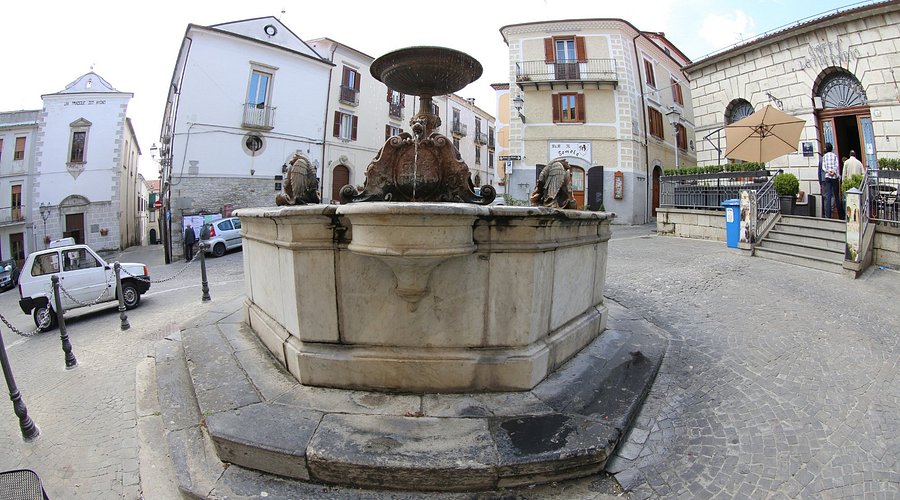
Image Source: Tripadvisor
Marinelli Bells Across Borders: Their Resonance in Europe
Marinelli bells have gone far beyond Italy’s borders. These bronze masterpieces carry their unique tones and artistic heritage across the continent, finding homes in some of Europe’s most important religious and cultural sites.
From Belgium to Basilica: Stories of Iconic Bells
I’ve traced Marinelli bells across Europe and found their presence especially strong in Belgium. The country’s deep bell-ringing tradition made it a natural destination for these Italian treasures.
In Brussels, a Marinelli bell installed in 1924 still rings out with perfect clarity after nearly a century.
What’s special is how these bells adapt to local traditions while keeping their Marinelli character. When I visited several European cathedrals, local guides proudly pointed out their Marinelli bells.
The bell in Antwerp’s main basilica, cast in 1932, blends Marinelli craftsmanship with Belgian motifs around its rim.
Several European royal families have commissioned Marinelli bells as gifts for important national celebrations. These bells act as diplomatic connections between Italy and other European nations.

